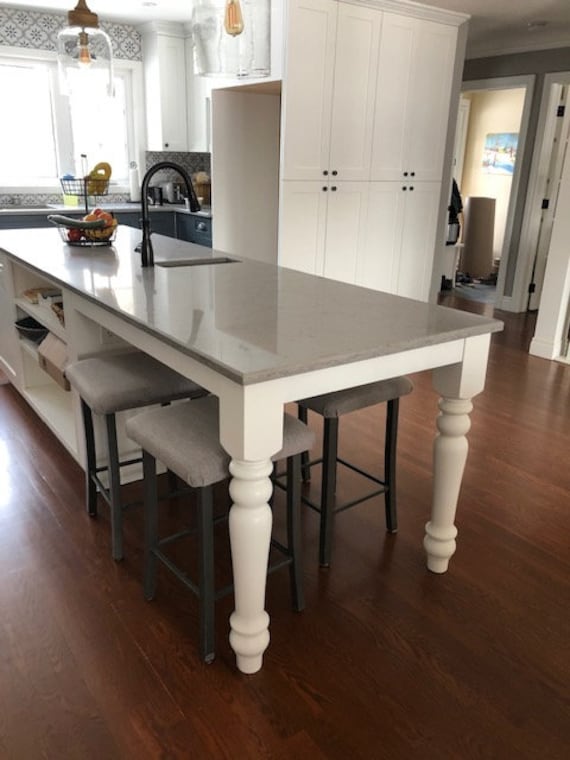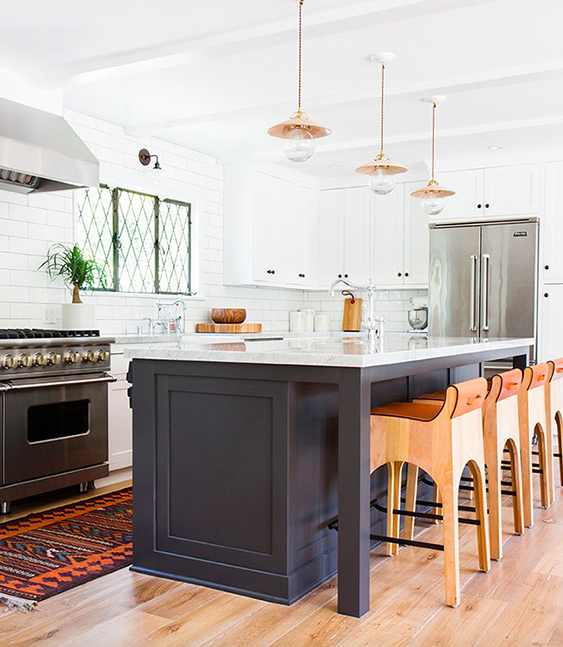Necessary Tips for Choosing the Perfect Eating Table for Your Cooking Area
Choosing the perfect eating table for your kitchen is even more than simply a matter of preference; it requires an extensive understanding of your area and demands. The shape of the table plays a critical duty; while rectangular tables suit bigger areas, rounded ones foster intimacy, and extendable choices use adaptability. The table ought to integrate with your kitchen's appearances and fit your household easily.
Measure Your Area
Picking the optimal dining table starts with a thorough analysis of your available area. This fundamental step makes sure that the table not just fits easily within the room yet likewise complements the overall layout and performance of your dining area.
It is necessary to leave sufficient area for chairs to be pulled out and for individuals to relocate around the table without blockage. A general guideline of thumb is to allow at the very least 36 inches of clearance from the side of the table to the nearest wall or piece of furnishings.
In addition, consider the number of people you commonly captivate and whether you need additional room for guests. Opting for an extendable table can supply flexibility, enabling you to fit varying varieties of diners. By precisely measuring your room, you prepared for picking a dining table that boosts both the aesthetics and functionality of your eating location.
Select the Right Shape

On the various other hand, round tables are exceptional for smaller sized kitchens or intimate gatherings, as they promote discussion by allowing everyone to face each various other. They also give a feeling of coziness and can fit well in tighter spaces because of their lack of sharp corners. Oblong tables use the best of both worlds, combining the length of rectangle-shaped tables with the intimacy of round ones, making them functional for different setups.
Square tables are another option, especially matched for square-shaped areas. They develop a balanced and modern-day look, cultivating an equivalent eating experience for all seated. They may be less practical for larger gatherings unless they come with expansions. Ultimately, the shape you choose must straighten with your space dimensions and way of life to make certain both form and function.
Material Factors To Consider
When choosing a dining table, material considerations are extremely important in figuring out the table's longevity, maintenance needs, and overall visual. Timber is a timeless option, using timeless allure and effectiveness. Woods like mahogany, walnut, and oak are specifically resilient, though they can be expensive. kitchen island legs. Softwoods, such as want, are more budget friendly but might be vulnerable to scrapes and dents.
Glass-topped tables offer a modern-day, streamlined look and can make a space show up larger due to their transparency. They need constant cleaning to stop smudges and fingerprints. In addition, tempered glass is recommended for its added stamina and security.

Lastly, composite materials like MDF (Medium-Density Fiberboard) or plywood are economical alternatives. These materials can resemble the appearance of strong timber yet may not supply the very same durability. They are usually easier to clean however can be vulnerable to water damages if not correctly sealed.
Inevitably, the choice of product should align with your cooking area's design, your way of life requires, and your budget restrictions. (kitchen island legs)
Seats Ability and Convenience
How do you establish the appropriate seats ability and convenience for your dining table? This critical action involves examining both the physical room offered in your cooking area and your household's functional needs. Begin by gauging your kitchen area to make certain the table fits conveniently, permitting at least 36 inches of clearance around it for very easy movement. Consider the variety of people that generally eat together, as this will affect the table size. For a family of four, a rectangular table of 48 inches long or a round table with a 48-inch diameter is normally sufficient.
Convenience is equally crucial. The elevation of the table must preferably be around 30 inches, offering a well balanced ergonomic stance for seated restaurants. Chairs need to have a seat check my reference height of 18 to 20 inches to make sure a comfortable dining stance. Furthermore, consider the chair layout; helpful back-rests and upholstered seats can improve eating comfort dramatically, especially throughout extended meals.
Style and Appearance
Picking a table that matches your design and looks includes balancing individual taste with the existing style of your eating area. The table is usually the centerpiece of the kitchen area, and its design must enhance the general style of the space. Whether your kitchen boasts a contemporary, minimal look or a rustic, farmhouse charm, the table you select need to balance with these aspects to produce a natural and welcoming atmosphere.
Think about materials thoroughly; timber offers a classic allure and can vary from abundant mahogany for a standard seek to lighter oak for a contemporary feeling. Steel and glass tables, on the various other hand, can introduce a smooth, industrial edge to your kitchen area. Do not forget the table's form-- rectangular tables are classic and functional, while round and oval alternatives can foster a more intimate eating experience.
Additionally, pay close interest to information and surfaces. A troubled surface could add character and heat, whereas a glossy surface can contribute to a clean, modern-day aesthetic. Eventually, your dining table should not just healthy perfectly into your kitchen's style yet additionally show your individual design, raising the area both functionally and visually.
Conclusion
To conclude, choosing the perfect table for a kitchen requires mindful examination of area, shape, product, seating ability, and aesthetic harmony. Guaranteeing a minimal clearance of 36 inches assists in comfy movement, while the selection of form enhances spatial characteristics. Product option impacts longevity and design, making it essential to line up with the kitchen area's general visual. Inevitably, a well-chosen table promotes a welcoming environment and accommodates the home pleasantly, thus enhancing the eating experience.

When picking a dining table, product considerations are extremely important in determining the table's resilience, upkeep requirements, and total aesthetic. For a family members of four, a rectangle-shaped table of 48 other inches long or a round table with a 48-inch diameter is typically adequate.
Don't forget the table's shape-- rectangle-shaped tables are functional and classic, while round and oblong choices can cultivate an extra intimate eating experience. kitchen island legs.